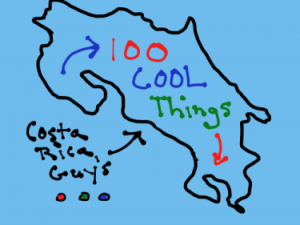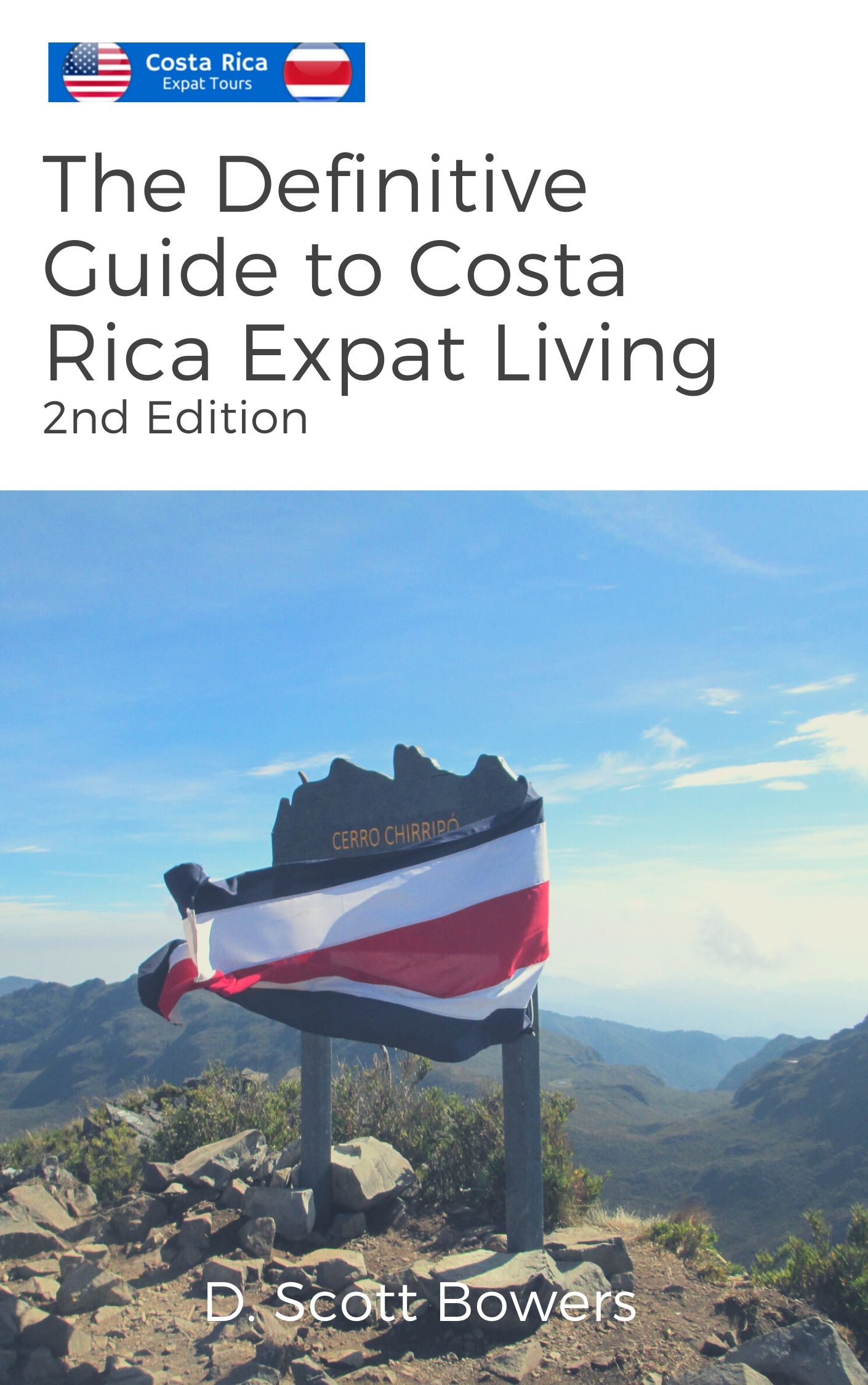 I have an affinity for terra cotta roofing (“teja” in Spanish). You know the rustic red clay circular roofing tiles, which when they age tend to attract black soot, or mold, that makes them appear all the more rustic. Being of Spanish colonial influence, they are widely used in Latin America. I can remember being in Medellin, Colombia and receiving my first look at the sprawling city laid out across the Aburrá Valley, surrounded by the towering Andes. The thing that stood out, other than the romantic beauty of the place, was that virtually every house in the valley had a terracotta roof. San Jose, Costa Rica is strikingly similar to Medellin, yet much smaller, and as I look out the window of my office I see the same thing, home after home with techos de teja. This is the campesino style. If you venture out into the country-side to a real old-style “tipico” campesino home, it will be block built and adobe-style, usually white-washed, with a red-clay terracotta roof. The style connotes the simple life of the campesino. A life that is peaceful, stress-free and harmonious with nature. It is not an easy life. Luxuries that are taken for granted in the city are non-existent there. But when you have never experienced such luxuries to begin with, they are not missed. I recently read a story in the “Proa” section of La Nación’s Sunday edition that was entitled El ermitaño de Muelle. Muelle is a little pueblo not too far from the Arenal Volcano. The story was about a family that lives way back in the mountain. The patriarch of the family is Pedro Nolasco Carillo Cruz. He is 98 years old and has lived in this house on the mountain for his entire life. Don Pedro is very happy to be a campesino. In his home, where he lives with his two daughters, there is no electricity nor running water. Don Pedro’s life is spent working the land to produce whatever the family needs to subsist. They are almost completely self-sufficient and rarely need to venture out of the homesite. They wash their clothes and bathe in the river. When the reporter from La Nación asked how they get along at night without light, Don Pedro replied…..”why would I need more light than the day provides? The darker the night, the better I sleep.” Local tour guides who lead tourist groups to the nearby Caño Negro wildlife refuge, have begun to make a stop by the home of Don Pedro so that the tourists can witness what life was like for campesinos 100 years ago. A step into the home of Don Pedro is like going back in time. The one regret Don Pedro did have was that due to the family’s relative isolation he has never really had a friend. He commented that he would most likely pass away with the desire to know one. What would make us want to install terracotta roofing in an attempt to imitate the campesino life? We often talk fondly of a “simple life,” but the truth is that it is very difficult to leave the luxuries of modern-day existence, even though they do tend to complicate things. While the rest of us keep evolving towards more complexity in our day to day living, there sits Don Pedro, happy and content to wake and sleep with the rising and setting of the sun. To take no more than what the land generously gives him. To graciously and humbly receive anyone who chances to pass his way, curious about his way of life. And to have one burning desire and that is not to be burdened or distracted by the luxuries of modern-day life, but to have a real friend. Think about it.
I have an affinity for terra cotta roofing (“teja” in Spanish). You know the rustic red clay circular roofing tiles, which when they age tend to attract black soot, or mold, that makes them appear all the more rustic. Being of Spanish colonial influence, they are widely used in Latin America. I can remember being in Medellin, Colombia and receiving my first look at the sprawling city laid out across the Aburrá Valley, surrounded by the towering Andes. The thing that stood out, other than the romantic beauty of the place, was that virtually every house in the valley had a terracotta roof. San Jose, Costa Rica is strikingly similar to Medellin, yet much smaller, and as I look out the window of my office I see the same thing, home after home with techos de teja. This is the campesino style. If you venture out into the country-side to a real old-style “tipico” campesino home, it will be block built and adobe-style, usually white-washed, with a red-clay terracotta roof. The style connotes the simple life of the campesino. A life that is peaceful, stress-free and harmonious with nature. It is not an easy life. Luxuries that are taken for granted in the city are non-existent there. But when you have never experienced such luxuries to begin with, they are not missed. I recently read a story in the “Proa” section of La Nación’s Sunday edition that was entitled El ermitaño de Muelle. Muelle is a little pueblo not too far from the Arenal Volcano. The story was about a family that lives way back in the mountain. The patriarch of the family is Pedro Nolasco Carillo Cruz. He is 98 years old and has lived in this house on the mountain for his entire life. Don Pedro is very happy to be a campesino. In his home, where he lives with his two daughters, there is no electricity nor running water. Don Pedro’s life is spent working the land to produce whatever the family needs to subsist. They are almost completely self-sufficient and rarely need to venture out of the homesite. They wash their clothes and bathe in the river. When the reporter from La Nación asked how they get along at night without light, Don Pedro replied…..”why would I need more light than the day provides? The darker the night, the better I sleep.” Local tour guides who lead tourist groups to the nearby Caño Negro wildlife refuge, have begun to make a stop by the home of Don Pedro so that the tourists can witness what life was like for campesinos 100 years ago. A step into the home of Don Pedro is like going back in time. The one regret Don Pedro did have was that due to the family’s relative isolation he has never really had a friend. He commented that he would most likely pass away with the desire to know one. What would make us want to install terracotta roofing in an attempt to imitate the campesino life? We often talk fondly of a “simple life,” but the truth is that it is very difficult to leave the luxuries of modern-day existence, even though they do tend to complicate things. While the rest of us keep evolving towards more complexity in our day to day living, there sits Don Pedro, happy and content to wake and sleep with the rising and setting of the sun. To take no more than what the land generously gives him. To graciously and humbly receive anyone who chances to pass his way, curious about his way of life. And to have one burning desire and that is not to be burdened or distracted by the luxuries of modern-day life, but to have a real friend. Think about it.








Comments